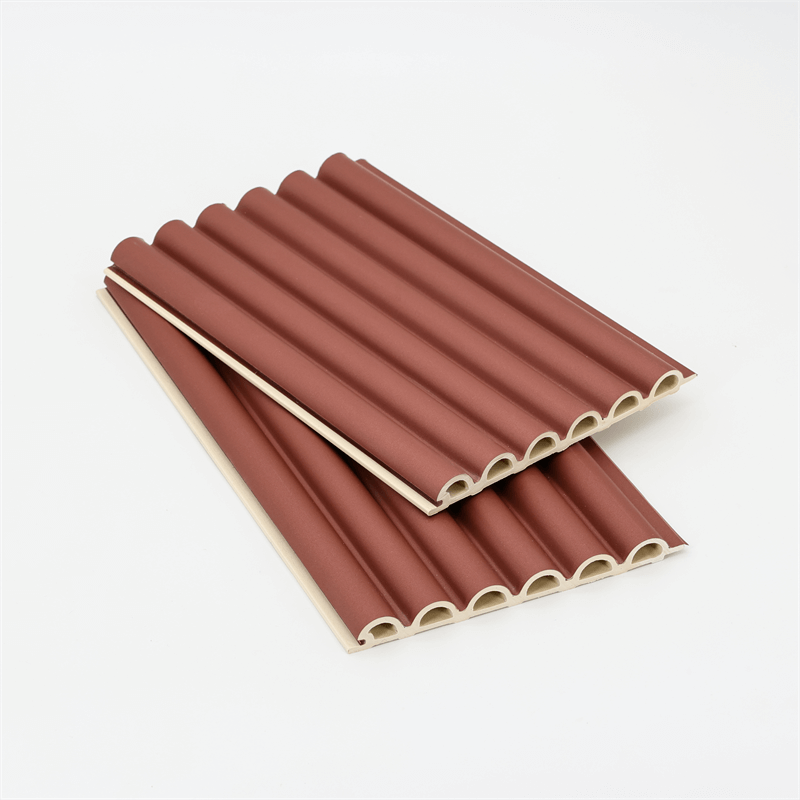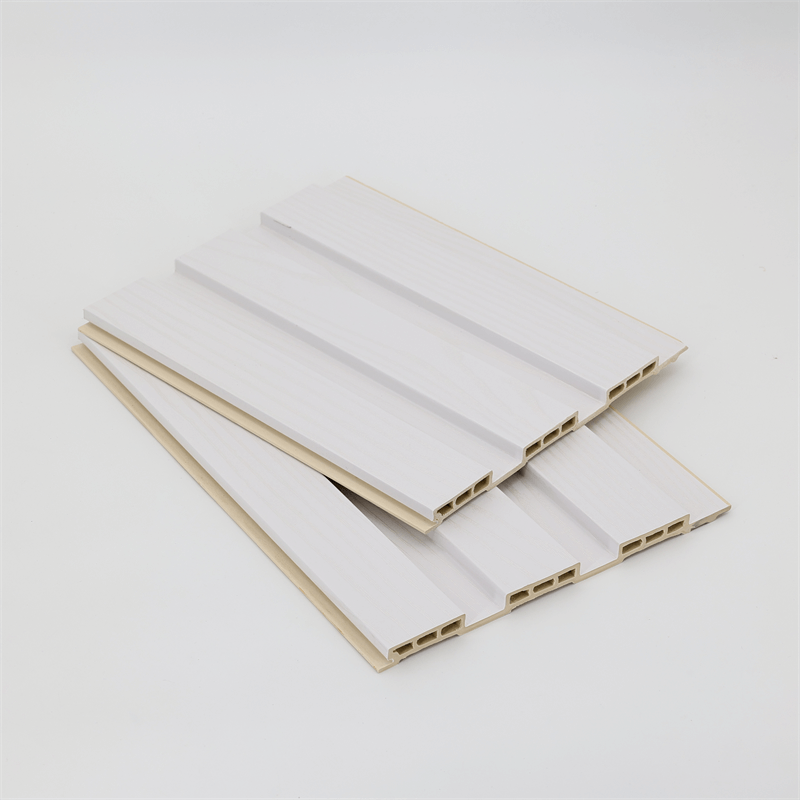Exterior spaces play a vital role in the overall aesthetics and functionality of a building.
They serve as a welcoming entry point, create a visual impact, and provide opportunities for outdoor activities.
Wood-Plastic Composite (WPC) wall panels have emerged as a popular choice for enhancing exterior spaces, offering a combination of style and functionality.
This essay explores the role of WPC wall panels in enhancing exterior spaces, focusing on their impact on aesthetics, durability, versatility, and sustainability.
I. Aesthetics:
The aesthetic appeal of exterior spaces is essential in creating a visually pleasing and inviting environment.
WPC wall panels contribute to the aesthetics of exterior spaces by providing a natural wood-like appearance.
They offer a warm and inviting ambiance, adding texture and depth to the building’s façade.
WPC panels are available in a variety of colors, finishes, and profiles, allowing for customization to match different architectural styles and design preferences.
Moreover, the versatility of WPC panels enables creative design possibilities.
They can be used to create focal points, accent walls, or even unique patterns and shapes, adding a touch of uniqueness and sophistication to the exterior spaces.
The aesthetic appeal of WPC wall panels enhances the overall visual impact of a building, creating a positive first impression and elevating the overall appeal of the outdoor environment.
II. Durability and Weather Resistance:
Exterior spaces are exposed to various weather conditions, including rain, sunlight, wind, and temperature fluctuations.
Therefore, durability and weather resistance are critical factors to consider. WPC wall panels excel in these aspects, making them an ideal choice for exterior applications.
WPC panels are resistant to moisture, rot, and insect damage, ensuring their longevity and structural integrity even in wet or humid environments.
They do not warp, crack, or splinter like natural wood, making them highly durable and low-maintenance.
Additionally, WPC panels have excellent weather resistance, resisting fading, discoloration, and degradation due to prolonged exposure to sunlight.
The durability and weather resistance of WPC wall panels make them well-suited for exterior spaces, providing a long-lasting solution that withstands the elements and retains its aesthetic appeal over time.
III. Versatility and Design Flexibility:
WPC wall panels offer versatility and design flexibility, allowing architects and designers to unleash their creativity and achieve unique exterior designs.
These panels can be easily shaped, cut, and molded into various profiles, enabling the creation of dynamic architectural elements.
WPC panels can be used to clad entire facades, accentuate specific areas, or create decorative elements such as louvers, screens, or signage.
Their modular nature allows for easy installation and replacement, facilitating design changes or updates without significant disruption.
Furthermore, WPC wall panels can be combined with other materials such as glass, metal, or stone, enabling the integration of different textures and finishes to create visually stunning compositions.
The design flexibility of WPC panels opens up endless possibilities for architects and designers to transform exterior spaces into captivating and distinctive environments.
IV. Sustainability and Environmental Considerations:
Sustainability is a key consideration in contemporary design practices. WPC wall panels offer a sustainable solution for exterior spaces.
They are composed of recycled wood fibers and plastic, reducing the demand for virgin materials and promoting resource conservation.
Additionally, the production process of WPC panels consumes less energy compared to traditional exterior cladding materials.
By choosing WPC, architects and designers contribute to the reduction of carbon emissions and support eco-friendly practices.
Moreover, WPC panels are recyclable at the end of their lifespan, ensuring that they can be repurposed rather than adding to landfill waste.
The use of WPC wall panels in exterior spaces demonstrates a commitment to environmental responsibility and sustainable design.

WPC wall panels provide a valuable solution for enhancing exterior spaces with style and functionality.
Their natural wood-like appearance, durability, weather resistance, versatility, and sustainability make them an ideal choice for architects and designers seeking to create visually appealing and long-lasting exterior environments.
By incorporating WPC panels, exterior spaces can be transformed into inviting and aesthetically pleasing areas that leave a lasting impression.
The durability and weather resistance of WPC panels ensure their ability to withstand various weather conditions, maintaining their aesthetic appeal over time.
The design flexibility of WPC panels enables unique and innovative architectural expressions, while their sustainability aspect aligns with the growing emphasis on eco-friendly practices.
In conclusion, WPC wall panels are a versatile and sustainable option for enhancing exterior spaces.
With their combination of style and functionality, they contribute to the overall aesthetics and durability of a building while promoting environmentally responsible design.
Architects and designers can utilize the benefits of WPC wall panels to create exterior spaces that are visually striking, resilient, and in harmony with the surrounding environment.


